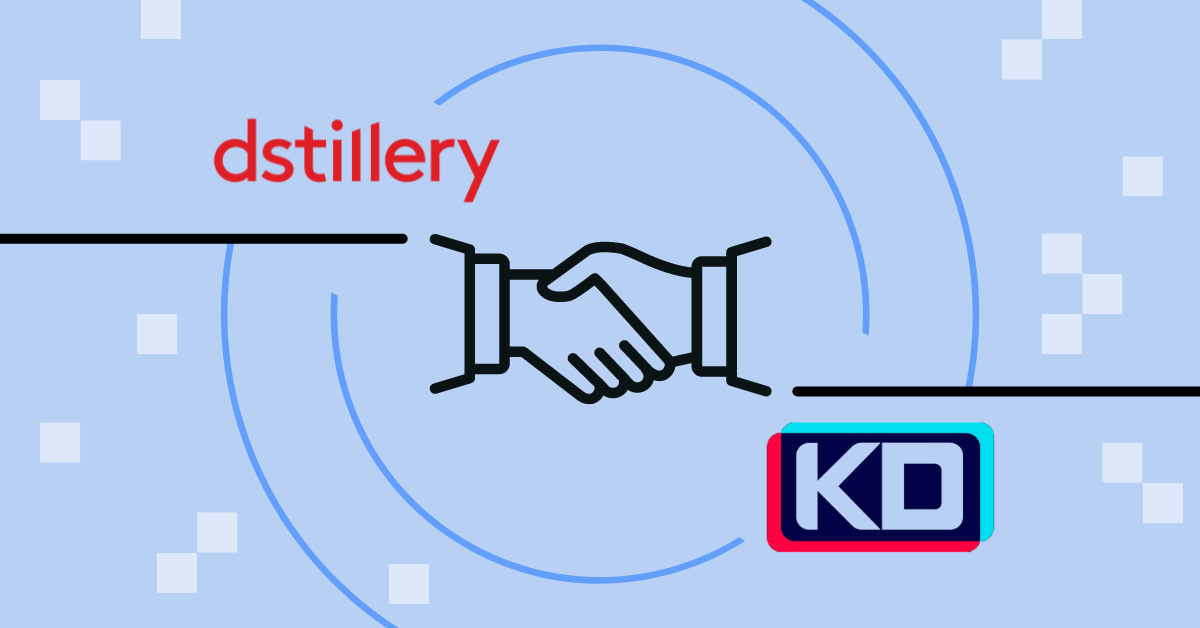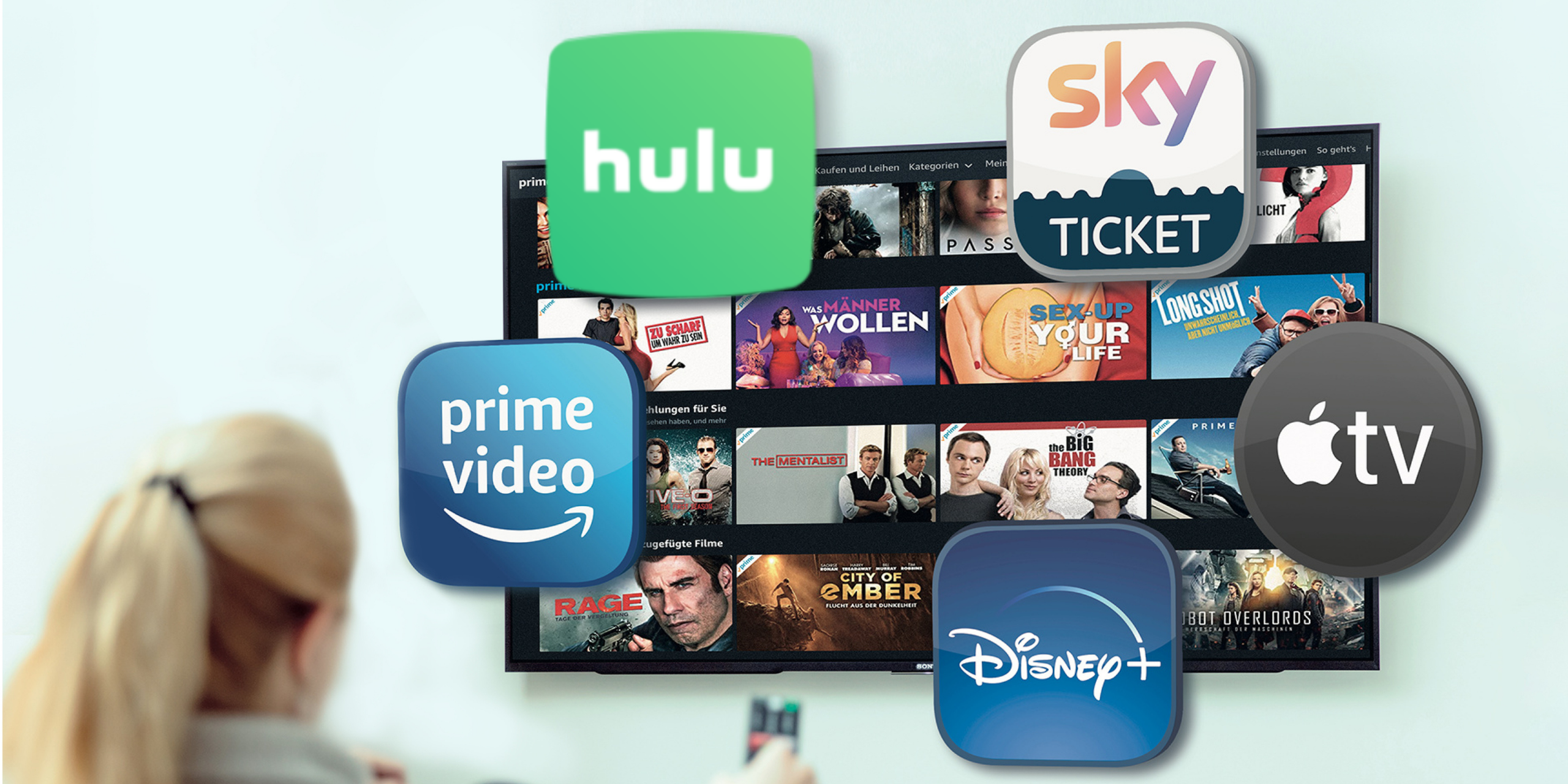CTV Measurement
CTV advertising is a game-changer in the world of marketing, but it’s essential to understand how it differs from traditional television advertising, especially in terms of measurement. Unlike traditional TV advertising, which has relied heavily on Nielsen ratings for decades, CTV advertising brings new challenges and opportunities to the table.
When CTV advertising first emerged, measurement was one of the significant hurdles advertisers had to overcome. Traditional TV relied on Nielsen ratings to estimate viewership, which were often based on limited sample data. In contrast, CTV offers more precise and data-driven measurement capabilities, thanks to the digital nature of the medium.
What is CTV?
What is CTV? Well as we all may already know, a connected television “CTV” is a TV that’s connected to the internet. It’s capable of streaming all the free and paid services that are available as alternatives to cable or satellite TV. The best-known services include Hulu, Netflix, and Amazon Prime, but they’re only the tip of the iceberg in today’s streamable content.
What is CTV Advertising?
CTV advertising is measured very differently than traditional television. Many advertisers are also still not too familiar with how CTV devices work and have to even wrap their heads around something such as set-top boxes.
Understanding CTV Advertising
CTV advertising is fundamentally different from traditional TV advertising in how it’s measured. While traditional TV relies on broad demographics and estimated ratings, CTV allows for more granular and accurate measurements. Advertisers can track viewership down to the individual level, gaining insights into who is watching their ads, when they’re watching, and how they’re engaging with the content.
One of the key principles in CTV advertising measurement is to think in terms of people, not devices. In today’s digital landscape, a single consumer may use various devices to consume content, such as a smart TV, desktop computer, or smartphone. Advertisers should consider these devices as part of a unified audience, rather than separate segments based on the device.
Factors to Consider in CTV Advertising Measurement
When evaluating the success of a CTV advertising campaign, several factors come into play:
- Impressions and Frequency: Beyond reach or gross rating points (GRPs), advertisers should consider impressions and frequency. How many different people are they reaching, and how often are they exposed to the ads? Balancing these factors is crucial to campaign success.
- Viewership Trends: CTV viewership has been on a rapid rise, with significant growth seen in 2021. Cord-cutters, once a hot topic, now make up only around 4% of total connected TV advertising viewers. In contrast, CTV advertising reached approximately 74% of households in the US in 2021, surpassing the reach of social media giants like Facebook and YouTube.
- Subscription Stacking: Advertisers are paying increasing attention to subscription stacking—the number of streaming subscriptions held by a single household. This metric has seen significant growth, with households averaging 4.7 subscriptions, up from 3.5 in Q4 2020. Understanding subscription stacking is crucial for targeting the right audiences effectively.
Ad Measurement Companies
Ad measurement is a critical component of CTV advertising. Ad measurement companies play a vital role in providing advertisers and agencies with valuable reporting, including demographic and behavioral data. These insights help agencies like Keynes Digital and marketers make informed decisions about the content they advertise and the audiences they target.One effective approach to implementing CTV attribution in your advertising campaigns is to collaborate with leading cross-device companies. These companies, such as AdBrain, LiveRamp, Tapad, and Oracle, offer technologies that incentivize accurate cross-device measurement. For instance, AdBrain’s cross-device graph boasts an impressive accuracy rate of at least 95%.
Cross-Device CTV Measurement
And way to put CTV attribution in place for your next connected TV advertising campaigns is to work with technologies that hold different incentives for us or the leading cross-device companies, such as AdBrain, LiveRamp, Tapad, and Oracle.For example, as a performance agency, Keynes’ main incentive is to hit our advertiser’s CTV KPIs and maintain and grow that relationship.As a cross-device company, its main incentive is to increase its quality and scale accuracy percentage across its cross-device graph. For instance, AdBrain’s cross-device graph carries “an accuracy of at least 95 percent”.
Oracle Moat CTV Measurement
Connected TV ad measurement tools, like Oracle Moat, offer comprehensive solutions for advertisers. Moat provides features such as ad safety, viewability tracking, and advanced analytics. These tools ensure that your CTV ads are delivered to genuine audiences while blocking fraudulent content before it’s served. Moat’s analytics offer in-depth insights into viewership, helping advertisers refine their strategies for maximum impact.
Nielsen CTV Measurement
Nielsen is a well-known name in the world of TV measurement, and it has adapted to the changing landscape by offering comprehensive measurement solutions for both linear and digital advertising platforms, including CTV advertising, Nielsen’s Total Ad Ratings provides ad ratings and TV ad measurement for both linear and non-linear campaigns. Their digital ad ratings methodology offers a cross-platform audience measurement system that benefits advertisers and agencies alike.
But What Is OTT?
Before we conclude, it’s important to clarify the difference between CTV and OTT. While these terms are often used interchangeably, they have distinct meanings:
CTV vs OTT:
- Connected TV (CTV): A connected television, or CTV, is a television that is connected to the internet, allowing users to stream a variety of free and paid services as alternatives to traditional cable or satellite TV. Popular CTV services include Hulu, Netflix, and Amazon Prime, among others. CTVs have become the gateway to the world of digital streaming content.
- Over-The-Top (OTT): OTT, on the other hand, refers to any content that is streamed over the internet and viewed on various devices, including laptops, tablets, smartphones, and connected TVs. OTT content is not limited to traditional cable or satellite delivery; it encompasses a wide range of streaming services and platforms
CTV vs OLV:
- Online Video (OLV): Online video, or OLV, encompasses all forms of video content streamed over the internet. This includes in-stream and out-stream video ads, interactive videos, in-game ads, and webpage-based videos. OLV content can be accessed on multiple devices, including mobile devices, laptops, tablets, and smart TVs.
CTV advertising brings a new era of precise measurement and audience targeting to the world of television advertising. Advertisers can leverage data-driven insights and collaborate with ad measurement companies to optimize their campaigns for maximum impact. As CTV viewership continues to rise, staying ahead of the curve in terms of measurement and strategy is essential for success in this dynamic advertising medium.
Industry Expert Insights
We are your high-touch, performance-focused streaming TV and programmatic advertising partner. Our team of experts and a one-of-a-kind data-driven platform connects you to the best streaming TV marketing strategies.









































